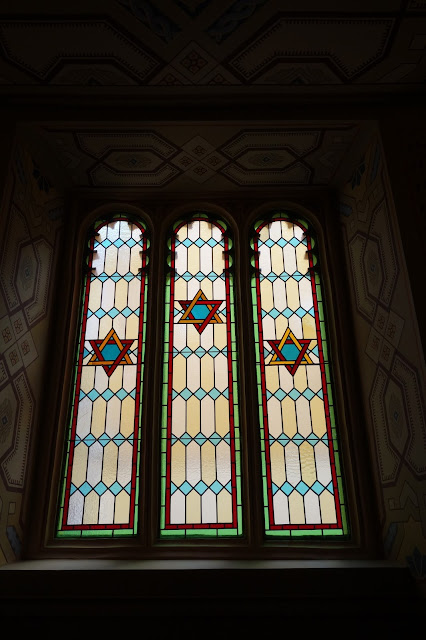Bucharest is the capital and largest city, as well as the cultural, industrial, and financial centre of Romania. It is located in the southeast of the country and lies on the banks of the Dâmbovița River, less than 45 miles north of the Danube River. It became the capital of Romania in 1862 and is the centre of Romanian media, culture and art. Its architecture is a mix of historical (neo-classical), interbellum (Bauhaus and art deco), communist-era and modern.
In the period between the two World Wars, the city's elegant architecture and the sophistication of its elite earned Bucharest the nickname of "Little Paris". Although buildings and districts in the historic city centre were heavily damaged or destroyed by war, earthquakes, and above all Nicolae Ceaușescu's program of systematization, many survived. In recent years, the city has been experiencing an economic and cultural boom.
According to 2011 census Bucharest proper and has a population of about 1.9 million people. Bucharest is the 6th largest city in the European Union by population within city limits, after London, Berlin, Madrid, Rome, and Paris. Economically, Bucharest is the most prosperous city in Romania and is one of the main industrial centres and transportation hubs of Eastern Europe.
Bucharest has landmark buildings and monuments. Perhaps the most prominent of these is the Palace of the Parliament, built in the 1980s during the reign of Communist dictator Nicolae Ceaușescu. The largest Parliament building in the world, the Palace houses the Romanian Parliament (the Chamber of Deputies and the Senate), as well as the National Museum of Contemporary Art. The building boasts one of the largest convention centres in the world. Another landmark in Bucharest the Romanian Athenaeum building, which is considered to be a symbol of Romanian culture and since 2007 is on the list of the Label of European Heritage sites. (wikipedia)
We started the morning with a walking tour of our area (around the Athenaeum) and saw a number of impressive buildings, a few monuments and a church pretty much immediately. our first stop was right across from the Athenee hotel- the Athenaeum.
you can see it was quite a dreary morning but the weather improved the whole time we were in Romania...
I will sneak in a "ringer" of the Victory Boulevard from the wikipedia excerpt- from 1940 - it is not exactly the same today but the "flavor" is still the same - this is a truly beautiful city with a well deserved reputation for architecture.
back to my photos-
from the walking tour we got into the car and headed around parts of the city to see a number of different areas- and then we went to the Parliament Palace for a tour of one floor of this enormous facility.
a few of the paintings we saw while wandering the halls of this massive building-
the pass we had to wear while on the tour-
an historic photo from the wikipedia article on Bucharest- of the Parliament Palace...
after leaving the amazing Parliament Palace we went to the beautiful synagogue...
a strange sculpture in the yard next door...hmmmm
then we headed to the museum - only to find it closed- for restoration of course-
we headed to the oldest section of the city - where we stopped for lunch -
the lunch place was lovely and the food was good despite it being in a touristy location (old city)
bone marrow starter for Phil and lentil soup for me- Cornl had the Chorba - Romanian sour soup...
Traditional Romanian culture continues to have a major influence in arts such as theatre, film and music. Bucharest has two internationally renowned ethnographic museums, the Museum of the Romanian Peasant and the open-air Village Museum. The Dimitrie Gusti National Village Museum, in Herăstrău Park, contains 272 authentic buildings and peasant farms from all over Romania.
and by chance that is where we are off to that very afternoon... and that will be in the next post because there are a ton of great photos from this outstanding museum..... so keep on coming back...


































































